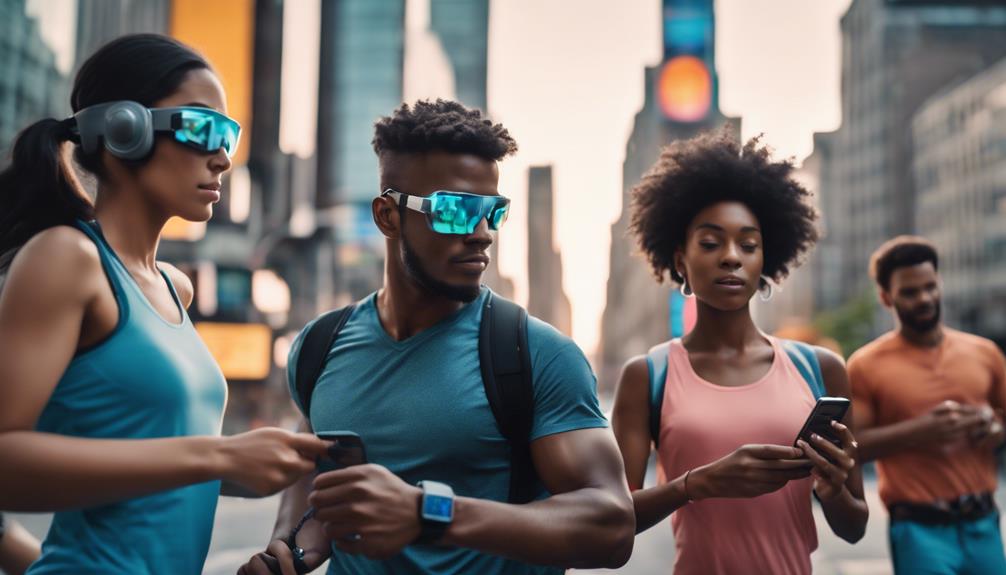In an era dominated by rapid technological advancements, the term “gadget scientist” has emerged as a significant descriptor for individuals who blend creativity with technical expertise to innovate and improve consumer electronics. These professionals are not only responsible for designing and developing new gadgets but also play a critical role in understanding user needs, market trends, and the environmental impact of technology. This article explores the multifaceted role of gadget scientists, their contributions to technology, and the implications of their work on society.
Who Are Gadget Scientists?
Gadget scientists are typically interdisciplinary experts who possess a combination of skills in engineering, design, and user experience. They work across various fields, including but not limited to:Airplane Gadgets
- Electronics Engineering
- Software Development
- Industrial Design
- Human-Computer Interaction
- Environmental Science
These professionals are adept at analyzing problems, brainstorming innovative solutions, and prototyping new devices that can enhance everyday life. They often collaborate with teams of engineers, designers, marketers, and consumers to ensure that the final products meet the needs of the market while also being sustainable and user-friendly.
Key Contributions of Gadget Scientists
The contributions of gadget scientists are vast and varied, impacting multiple aspects of technology and society. Here are some of the most significant areas where they have made their mark:
1. Innovating New Products
Gadget scientists are at the forefront of product innovation. They analyze trends, conduct market research, and create prototypes that lead to groundbreaking gadgets. For example, consider the evolution of smartphones:
- The original iPhone revolutionized mobile technology by integrating a touchscreen interface with a powerful operating system.
- Subsequent models have continuously improved functionality, incorporating features like advanced cameras, biometric security, and artificial intelligence.
Through their innovative work, gadget scientists have transformed how we communicate, work, and play.
2. Enhancing User Experience
Understanding user experience (UX) is crucial for the success of any gadget. Gadget scientists conduct extensive user research to identify pain points and preferences. For instance, usability studies have led to:
- Improved accessibility features in devices for users with disabilities.
- Enhanced interfaces that simplify navigation and increase user engagement.
- Adaptive technologies that learn users’ habits to provide personalized experiences.
By prioritizing UX, gadget scientists ensure that technology is not only functional but also enjoyable to use.
3. Promoting Sustainability
As environmental concerns grow, gadget scientists are increasingly focused on creating sustainable technology. They address the lifecycle of gadgets, from production to disposal, by:
- Utilizing recyclable materials in product design.
- Developing energy-efficient devices that reduce carbon footprints.
- Implementing programs for electronic waste recycling.
For example, companies like Fairphone are committed to creating modular smartphones that are easy to repair and recycle, reducing electronic waste and promoting sustainability.
Case Studies: Successful Innovations by Gadget Scientists
To further illustrate the impact of gadget scientists, let’s explore two notable case studies:
Case Study 1: The Smart Home Revolution
The rise of smart home gadgets, such as smart speakers, thermostats, and security systems, showcases the ingenuity of gadget scientists. Companies like Google and Amazon have invested heavily in research and development to create devices that enhance home automation:
- Google Nest learning thermostats use machine learning to optimize heating and cooling, resulting in energy savings.
- Amazon Echo integrates voice control with various smart home devices, offering convenience and accessibility.
These innovations have transformed how individuals interact with their living spaces, making homes more efficient and responsive to user needs.
Case Study 2: Wearable Technology
Wearable technology, such as fitness trackers and smartwatches, exemplifies the intersection of health and technology. Gadget scientists have developed devices that monitor health metrics in real-time, promoting a healthier lifestyle:
- Fitbit devices track physical activity, heart rate, and sleep patterns, providing users with actionable insights into their health.
- Apple Watch includes features like ECG monitoring and fall detection, enhancing personal safety and wellness.
These gadgets not only help users maintain their health but also contribute to broader public health initiatives by collecting valuable data on fitness trends.
The Future of Gadget Science
As technology continues to evolve, the role of gadget scientists will only become more critical. The future landscape may include:
- Increased integration of artificial intelligence in consumer gadgets.
- Development of augmented and virtual reality devices for enhanced user experiences.
- Greater focus on ethical considerations in technology design and implementation.
The advancements in these areas will require gadget scientists to stay ahead of the curve, continuously adapting and innovating to meet the demands of a rapidly changing world.
Conclusion
Gadget scientists play an essential role in shaping the future of technology. Their innovative contributions, focus on user experience, and commitment to sustainability are pivotal in driving the advancement of consumer electronics. As we move forward, the work of gadget scientists will continue to influence not only the gadgets we use daily but also the broader implications of technology on society and the environment. By embracing their expertise, we can look forward to a future filled with smarter, more efficient, and sustainable devices that enhance our lives.
